Figure 1. What would we see in the next generation of smartphones? Check out Part 2 to see what I think!
It has been an interesting year with half a dozen flagship smartphones released within months of each other by major manufacturers. I thought the fall 2019 series of iPhones was an interesting sign of things to come and historically speaking Apple’s smartphones have been a benchmark many strive to achieve. The topic of smartphones can dominate a dinner discussion, with naysayers and pundits in supportive and dismissive stances on the features of each new model.
Modern mobile phones have become complex handheld computers that are expected to perform myriad workhorse and entertainment functions. To meet the insatiable global consumer demand for the latest smartphone, new flagship models are released in mere months and each new smartphone is expected to dazzle consumers with new differentiating and defining features.
The history of smartphones changing our lives has since spanned decades and smartphones have since come a long way. In 2013, I praised the iPhone 5S, and in the last few months major manufacturers like Apple, Samsung and Huawei have been releasing new flagships vying for a chunk of the $355-billion pie.
What’s all the fuss about?
The mobile phone race has come a long way since the first iPhone disrupted the market in 2007 with its iconic keyboard-less capacitive touchscreen that has largely remained unchanged and revolutionized future smartphone designs.
Today the industry has become extremely complex. Manufacturers are scrambling to differentiate themselves with the smallest of features that could sway consumers to purchase their model over a rival’s.
There is a plentiful list of acquisitions of smaller technology companies by major manufacturers such as Apple and Samsung to create a significant differentiator in their handsets. Individual components that defined a feature in a handset could have been a purchase of an entire company’s product portfolio by one of the larger smartphone manufacturers – for instance the purchase of AuthenTec for $356M in 2012 enabled Apple to lead the market the following year with fingerprint biometrics in the iPhone 5S – a major leap forward in phone security then.
Now, there is hardly a smartphone without biometric security, immensely improving user experiences. With the iPhone X, Apple once again rekindled the spotlight on the decades-old technology of facial recognition – which was available since 2012 on phones such as the HTC One X. The difference is that Apple has vastly improved the feature with a “dot-projector” that allows the facial recognition camera to work in low-light conditions and greatly boosts resistance to spoofing attempts that plagued the older generation of phones with that feature.
Hits and Misses
Over the years, there have been some hits and misses. One example is an attempt by manufacturers to integrate micro DLP projectors to expand screen real estate by projecting media and content onto an external surface such as Samsung’s Galaxy Beam and Lenovo’s Smartcast, which received a lukewarm reception.
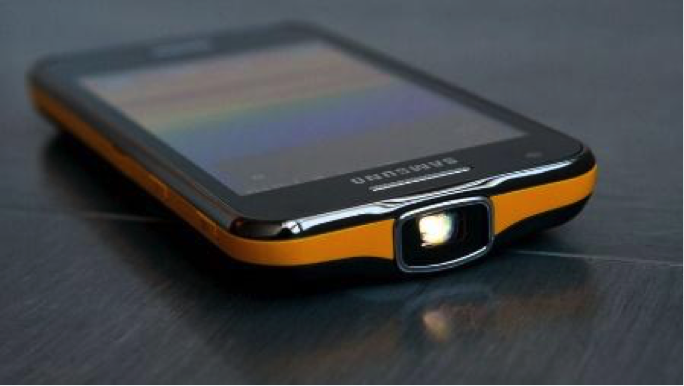
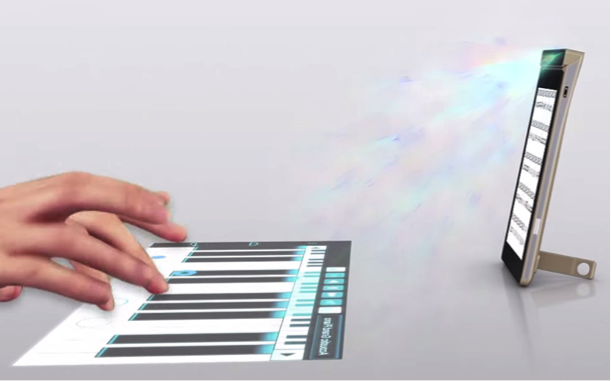
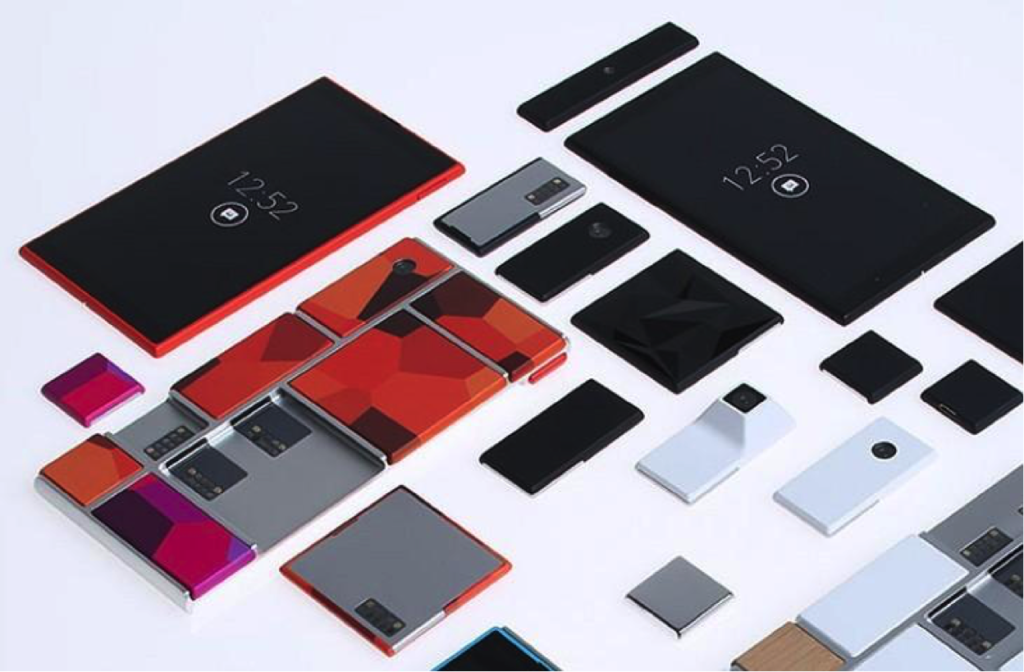
Other misses were the much hyped “modular-phone” approach such as Google’s Project Ara and Motorola’s MotoZ (which is still available). The idea was simple – users could customize their phone as they liked it – need a bigger battery? Use a bigger battery module. Need more memory? Swap out a module with one of a larger memory, and as better components were introduced to the market, users could sequentially upgrade older components with newer modules and not have to replace their entire phone. The concept was desirable on paper, but Google’s Ara project never entered mass production and I don’t know anyone using a MotoZ phone.
Then we have the first foldable smartphone with a flexible screen, the Samsung Galaxy Fold. The ambitious eye-watering $2,000 device got people excited with the idea that you could expand your phone to provide larger screen real estate, however it was possibly rushed to production resulting in a massive media disaster where many reviewers and users’ devices failed just days into use.
Trends Today
In 2018, 1.56 billion smartphones were sold worldwide and this trend is fueled by the ravenous demand of consumers clamoring for more features and capabilities from their handsets.
Mobile displays have resolutions exceeding what the human eye can discern and their touchscreens have sensitivities greater than our skin. These components are often very difficult to produce and competing companies are forced into partnerships for parts sophisticated or too expensive to produce for one smartphone model – for instance, Apple acquires its memory chips and OLED screens from its rival Samsung for use in its iPhone X. It’s a peculiar relationship, where the bulk of Samsung’s revenue comes from selling its best parts to its competitor. These are used in Apple’s flagship phone, which outsells Samsung’s own flagship phone, but when the iPhone X succeeds, so does Samsung!
Apple doesn’t make its own modems either, it tried to get it from Samsung and MediaTek and eventually settled on buying the entire modem division of leading chipmaker Intel for $1billion.
Major players now use one another’s Intellectual Property (IP) – a report breakdown of the iPhone X reveals that most of its components are manufactured by other semiconductor companies. This complex labyrinth of manufacturing logistics has spawned a global behemoth of Original Equipment Manufacturers (OEMs), where companies produce parts that are then resold or repackaged by another manufacturer.
The line blurs here, where now manufacturers have the option of selecting parts of similar specifications and capabilities produced for one brand for their own and hardware differentiation becomes more difficult moving forward, when every new flagship smartphone has very similar specifications as its rival. Fast processor? Check. High-definition screen? Check. Low-light zoom camera? Check. Waterproofing? Check.
This level of component inter-reliability is unprecedented, with YouTuber Scotty Allen building a working Android phone and iPhone using back-alley components in Shenzhen, China.
Besides hardware features, software and user-experience environment of the operating system becomes a glaring differentiator. Various manufacturers add their own flavors based on their corporate strengths, such as Google’s “unlimited” storage, where it provides its own cloud storage feature (Google Drive) on its Pixel series – a seamless experience emulating a phone that doesn’t have a storage capacity limitation. Other manufacturers have introduced their own OS features such as Apple’s Siri and Samsung’s Bixby personal assistants, into their phones.
When it comes to battery life, as there is a mismatch in technological advancement between chips and batteries, it is more difficult to pack more energy into the same volume than transistors. As processors get more capable and powerful, phone makers are compensating for this incongruity by decreasing the size of the electronics to allow more space and volume for batteries. As a result, phone designs have largely plateaued into the same design across the market. A flat piece of metal and glass.
Unfortunately, when it comes to hardware – there are only so many transistors one can cram into a processor or sensor element. Semiconductor companies are packing more features and functions into their chips using increasingly sophisticated and expensive manufacturing methods that only the big boys can afford.
It’s like watching a marathon where best runners are neck and neck and no one can discern a clear winner, whilst the rest of the competition has fallen far behind or dropped out.
Vision then and now
January 9th, 2007 was the day the world changed. Apple co-founder Steve Job presented the iPhone, which revolutionized the smartphone from a clunky keypad device to a desirable, sleek capacitive touch-screen communicator. That titular event rocked the mobile phone and computing industry and reinvented the meaning of a “mobile phone”.
I remember the showcase vividly, enamored with how technology leapt overnight. I realized we were in for a very different future and sketched what I thought would be the phone of 2010.
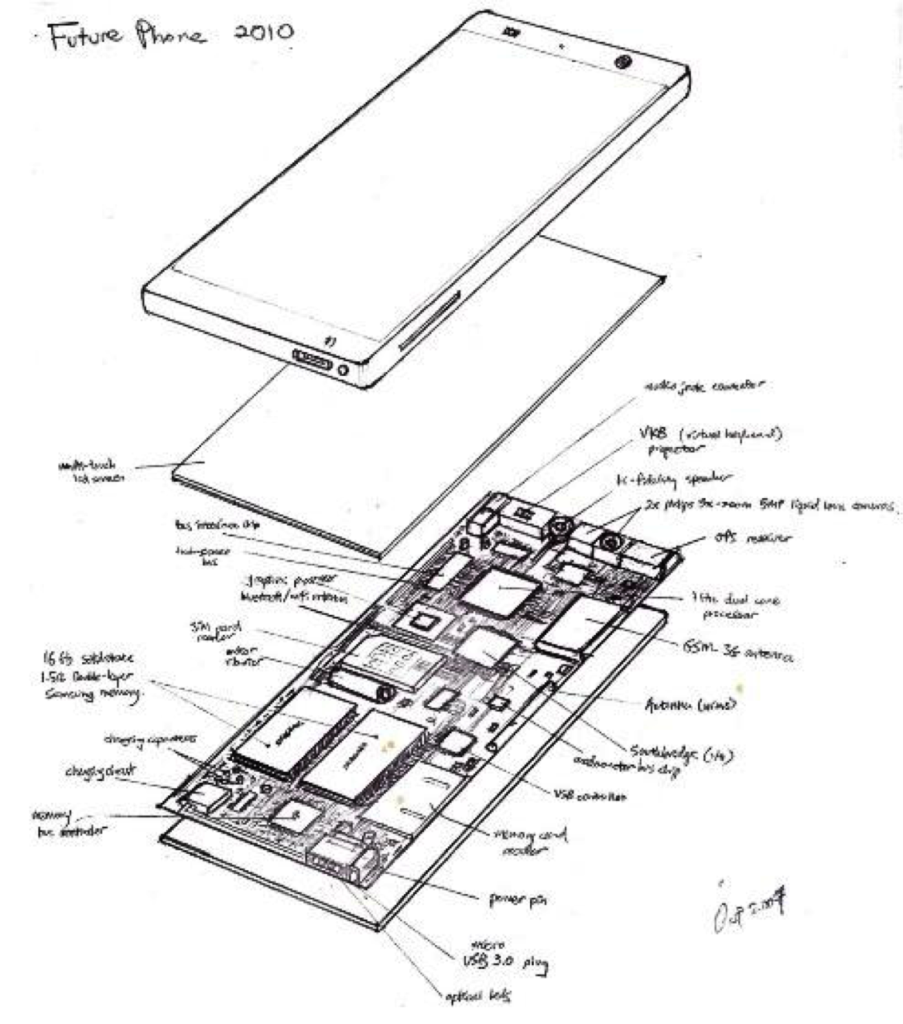
Inspired by the first iPhone and the possibilities it would bring and with existing advancements in 2007, I envisioned the following features:
- A liquid-zoom lens that allowed actual telephoto-zoom capability into the existing camera without physically moving a lens assembly.
- A virtual keyboard laser projector would allow the user to type on a QWERTY arrangement on any physical surface.
- 16Gb of memory (note that 2007-era phones had memory in the hundreds of megabytes).
- USB3.0 charging port for high-speed data transfer and power charging and a large 4000mAh lithium-polymer battery to power this beefy device.
Wow. The future was something to look forward indeed.
What has happened since?
Then 2010 came and the world got Apple iPhone 4 and Google’s Nexus One. Both didn’t quite achieve my vision. The iPhone 4 had only 512Mb of DRAM memory and other flagships of the era had up to 1Gb of on-board memory, a tad short of my envisioned 16Gb.
However, Samsung supplanted that limitation with an external microSD card slot which allowed users to add aftermarket memory of up to 32Gb in 2010. Moreover, those devices also introduced features such as a high-resolution “retina display”, video-chat and a gyroscope sensor to complement the accelerometer. The addition of a high-resolution screen, a more powerful processor and more sensors enabled a new generation of mobile games that were controlled by the physical pan and tilt actions of the user.
A mark of exciting times.
Today, there is no shortage of projections of “the future smartphone” with jazzy ideas such as a foldable or bendable phone and fully transparent screens constantly being featured by concept artists.
Unfortunately, whilst imaginative, there is a major difference between an artistic concept and a manufacturable design, a fine balance that Apple has been very successful in marrying. It is easy to envision a bendable phone by introducing existing foldable batteries or flexible electronics. However, unusual prototype or concept designs are notoriously challenging to scale up to a mass production that meets consumer demand, or very expensive to manufacture due to the low yield rate of a novel ingredient. One missing component could require a complete redesign or an elimination of that feature altogether.
An example would be a bendable phone, demonstrated in November 2018 by Samsung and Royole. It’s arguable that whilst all components required to make a flexible smartphone exist, there are a few problems – yield, availability and cost. Flexible electronics do not yet have the component density of more established rigid printed circuit boards (PCBs). There are fewer suppliers in the industry, which means a higher cost and a lower yield to achieve the same performance of rigid PCB counterparts. What about failure rates?
Samsung’s folding phone was a massive disaster, as no one wants a flexible screen that fails after several hundred “folds” – a rigid screen is still more reliable. Likewise, the same goes for a flexible battery, which does not have the same energy density as the traditional lithium-ion battery pack, which has an abundance of suppliers. These reasons are why I don’t think flexible phones will become mainstream soon.
With these considerations and the current market inclinations, a future phone must be feasible, manufacturable and practical. With the highly random and unpredictable rapid advancement of technology amalgamated with the complexities of global manufacturing logistics and market economics, I’ve decided to envision a phone six years into the future. I present my Phone2025 concept, see my article on Part 2 of this segment!

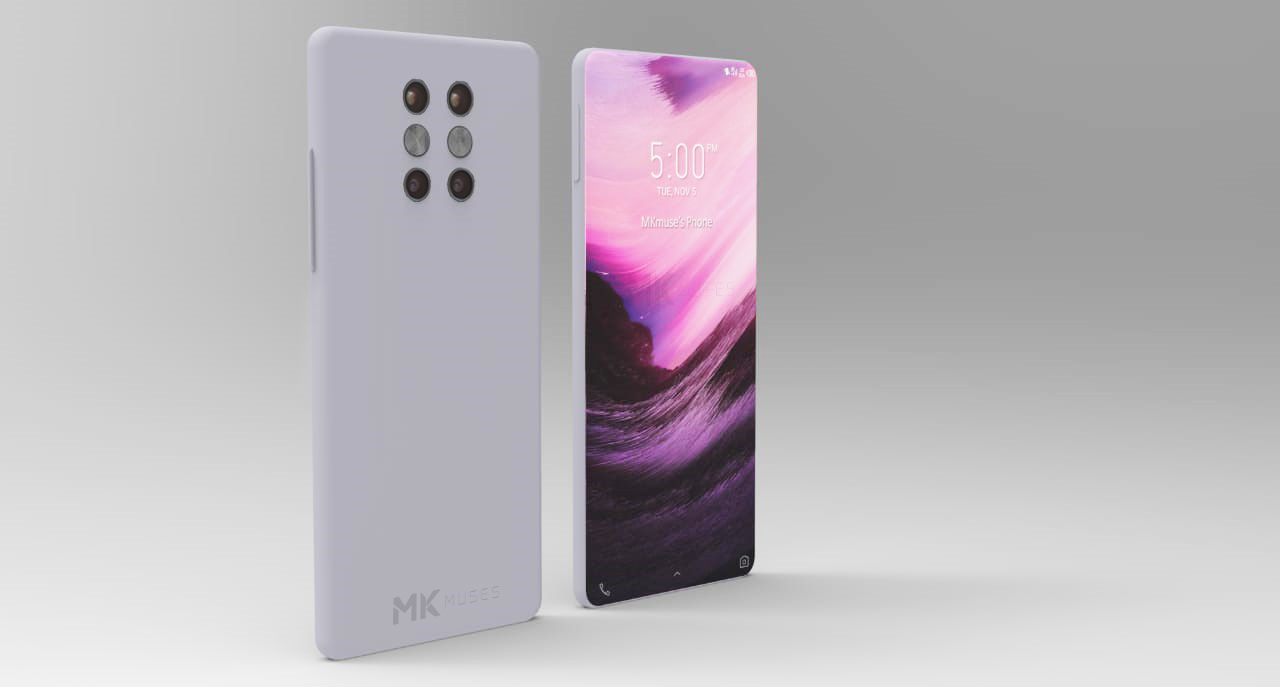





“Your style is unique in comparison to other people I have read stuff from.
Thanks for posting when you have the opportunity, Guess I’ll just bookmark this
web site.”
Thank you Eve!
I think this is among the most significant information for me. And i am glad reading your article. But should remark on few general things, The web site style is ideal, the articles is really excellent : D. Good job, cheers Timothea Alix Flanna